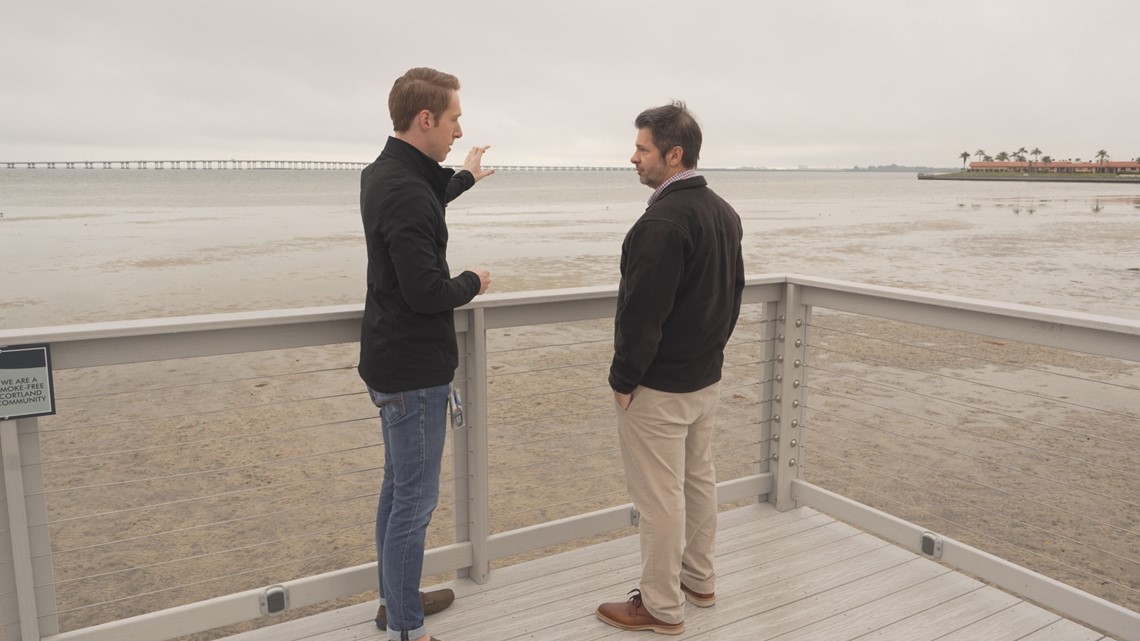CLEARWATER, Fla. — Of all the spans bridging Tampa Bay, the Bayside Bridge is bound to bounce and bump drivers and their passengers around.
Discerning drivers can feel it – and see the "bob" of cars ahead – at the start of the northbound span leaving St. Petersburg and at the end of the southbound span coming from Clearwater.
“When I first drove over it I thought something was wrong with my car,” said Melissa Martin, who used to drive the bridge daily to get to work. “It almost feels like you’re in a bounce house.”
Commuters commended the bridge when it opened in June 1993 as a faster and more scenic route between north and south Pinellas County.
“I’m going to say sayonara to U.S. 19,” one driver told 10 Tampa Bay at the time.
“It’s going to smooth the traffic," another commuter said.
But drivers quickly noticed it wasn't "smooth" sailing.
As it turns out, the bridge’s bumpy backstory can be traced to its very beginning.
David Deranzio, the section manager for roads and bridges for Pinellas County, says there’s a reason it's only bumpy at the bridge's southern end.
Two different construction practices were used.
“The south side was the most sensitive environmental location we had … [so] they had come up with a creative way to build that side of the bridge while not impacting the environment,” Deranzio explained. “It had its challenges.”
Concrete slabs in the bridge were designed to arch upward, according to Deranzio, with the idea being that they would eventually settle and create a flat surface.
But they never settled as intended.


The different construction practices are apparent in the pilings that support the bridge – they’re spaced significantly closer together toward the south end of the bridge.
The Bayside Bridge might not be smooth, but it is safe. Deranzio says the bridge is inspected every two years and, despite the bumps, is structurally sound.
Repaving the existing road surface with asphalt would add too much weight, according to Deranzio, and rebuilding the bumpy section of the bridge would not be cost-effective.

